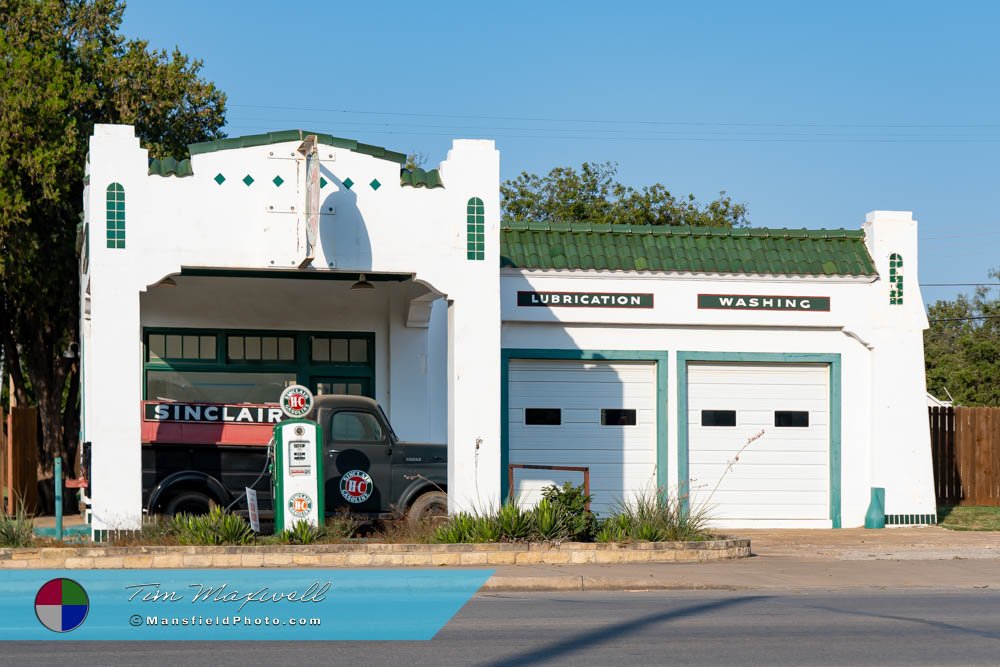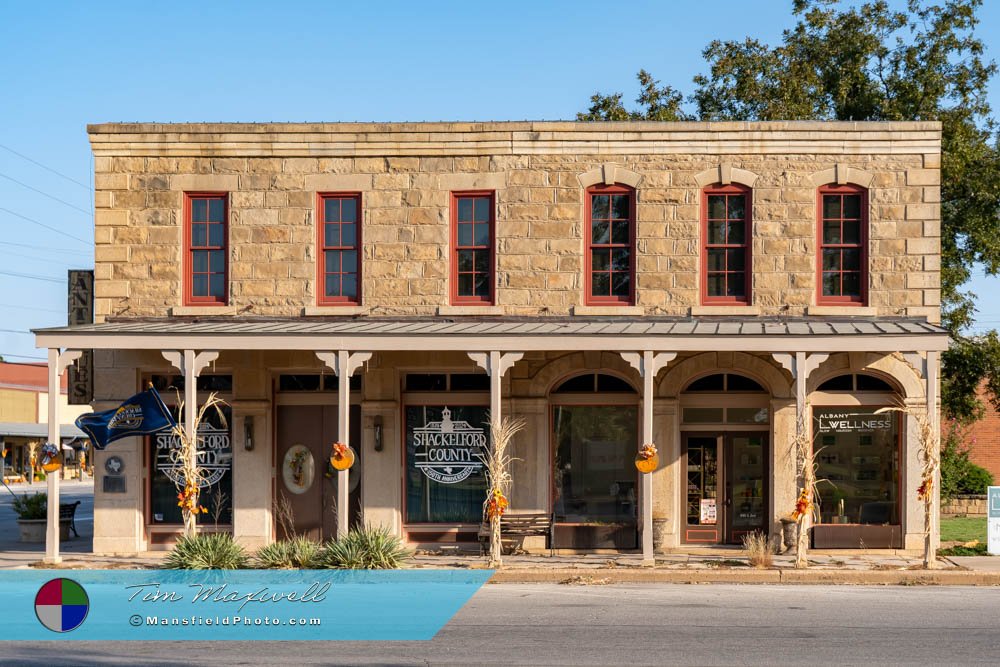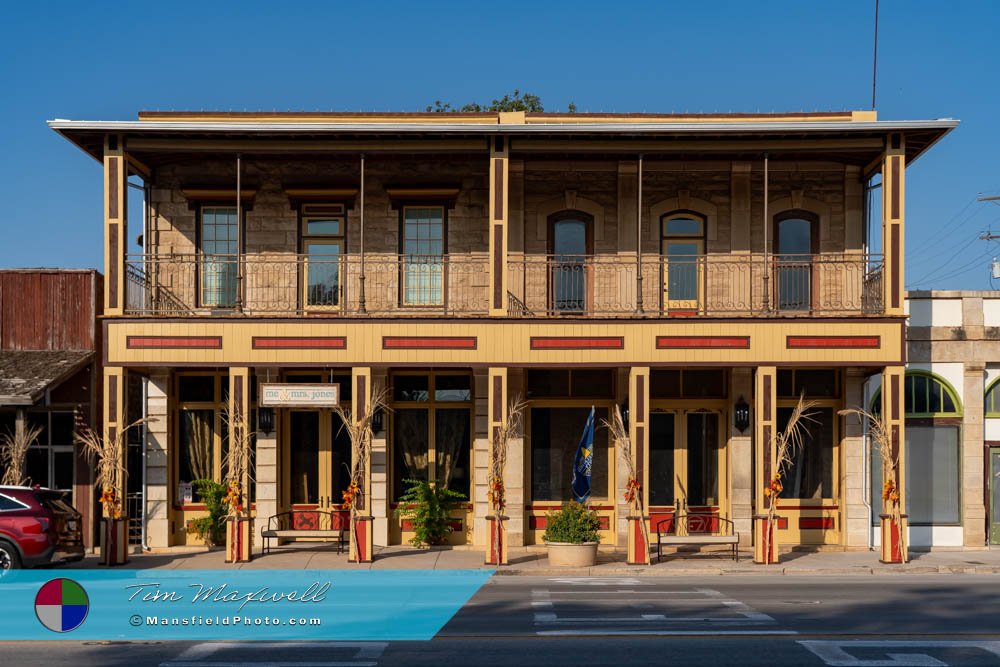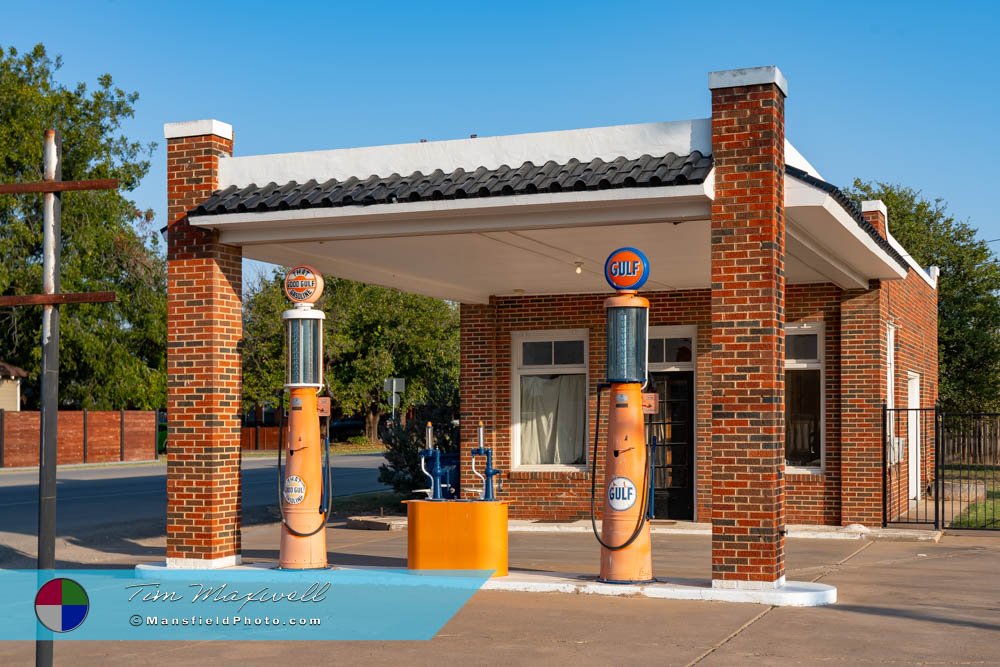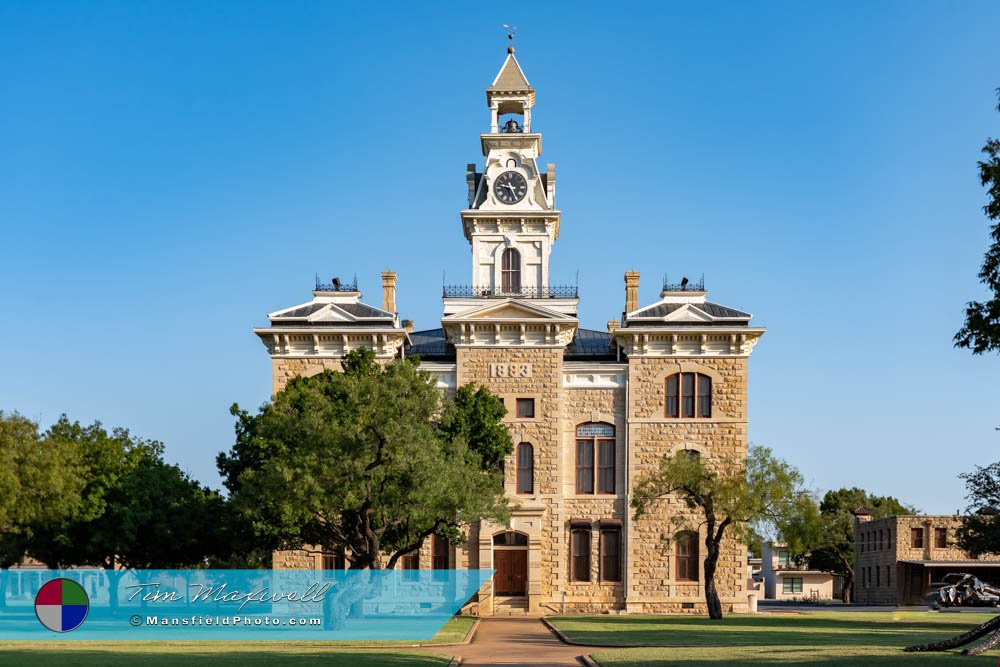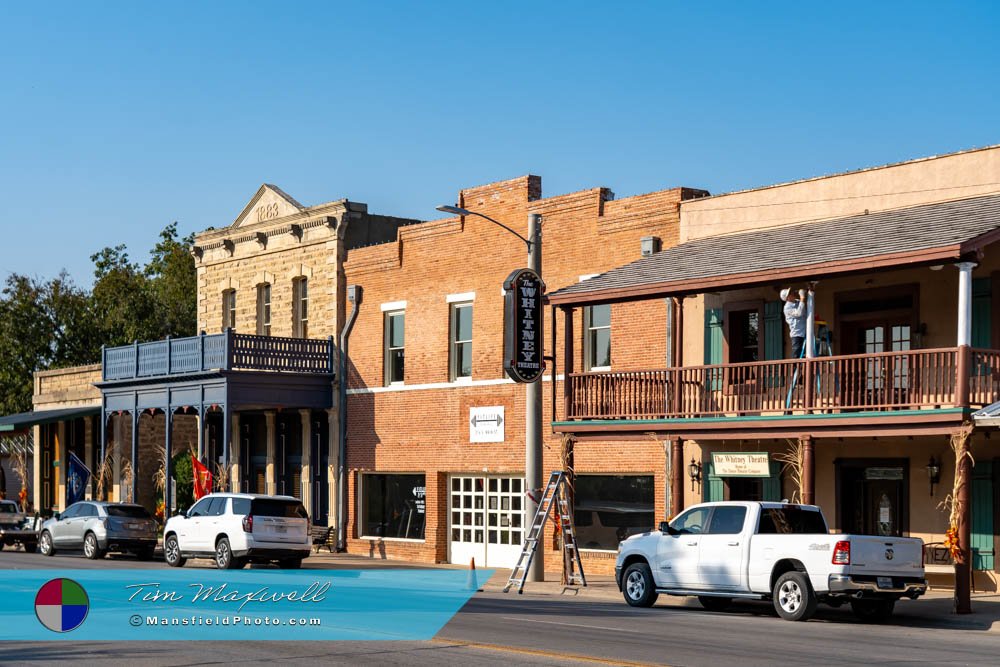Albany, Texas
– And The Fort Griffin Fandangle.
Located in Shackelford County, Albany, Texas, is a small town with a big sense of history and community. As the county seat, Albany has played a significant role in the development of West Texas since the mid-19th century. From its frontier roots to its unique cultural offerings today, the town is a place where the past and present intersect in fascinating ways. This article will explore its origins, the story behind its name, significant historical moments, and some interesting modern-day facts—including the famous Fort Griffin Fandangle.
The Founding of Albany, Texas
The town was officially established in 1873. Its beginnings are tied to the development of Fort Griffin, a nearby military outpost created to protect settlers and travelers during the turbulent era of westward expansion. As people moved into the area, a town grew up around the fort to provide services and shelter. In 1874, Shackelford County was organized, and Albany was selected as the county seat.
The town’s name was chosen by county clerk William Cruger, who hailed from Albany, Georgia. His personal connection to his hometown influenced the decision, marking a trend of naming new settlements after familiar places from settlers’ pasts.
A Glimpse Into History
The town’s history is rooted in the rugged frontier lifestyle. During its early years, the town served as a vital hub for ranching and trade.
The arrival of the Texas Central Railroad in 1881 provided a major economic boost, connecting the town to larger markets and encouraging further settlement.
One of Albany’s most significant historical events took place in 1883 with the construction of the Shackelford County Courthouse. This grand structure, made of native Texas limestone, still stands as a landmark today. It has been carefully restored and remains a central part of Albany’s identity, symbolizing both its resilience and its architectural heritage.
Throughout the late 19th and early 20th centuries, Albany developed into a ranching community, with cattle drives and land management becoming central to its economy. The harsh but beautiful terrain surrounding the town made ranching both a challenge and an opportunity. However, Albany has always been a close-knit community, shaped by the perseverance and ingenuity of its residents.
The Fort Griffin Fandangle: A Celebration of Tradition
One of Albany’s most unique cultural events is the Fort Griffin Fandangle, an outdoor musical performance that takes place every summer. It’s Texas’ oldest outdoor musical, with its roots dating back to 1938. The Fandangle showcases the history of the region, telling stories of cowboys, Native Americans, and the early settlers who shaped the area.
Set in Prairie Theater, an open-air venue on the town’s outskirts, the Fandangle is more than just a show—it’s a community event. Many of Albany’s residents participate in the production, from acting to designing costumes and sets. The performance features elaborate lighting, authentic costumes, and even livestock to help recreate the atmosphere of the Old West. Audiences are transported back to the days of wagon trains, buffalo hunts, and the early cattle industry.
Over the years, the Fandangle has grown into an iconic symbol of Albany’s commitment to preserving its heritage. Thousands of visitors from across Texas and beyond come to Albany each summer to witness this lively reenactment of the town’s past.
Interesting Facts About Albany
While Albany may be small, it is rich in character and offers several intriguing tidbits about its history and culture:
- The Old Jail Art Center: Opened in 1980, this unique museum was once the Shackelford County jail. Today, it houses an impressive collection of contemporary and ancient art, featuring pieces from Texas artists and around the world. Visitors can explore the historic jail cells while enjoying the art galleries, blending history and creativity in a fascinating way.
- Fort Griffin: Though now in ruins, the fort remains a historical site where visitors can learn about the region’s military past. It is part of the Texas Forts Trail and attracts history buffs looking to understand the role it played during the Indian Wars and the development of the Texas frontier.
- Texas Forts Trail: Albany sits on this historic trail, which connects a series of military forts across the state. Travelers can follow the trail to learn about the forts’ strategic importance in defending settlers from raids and attacks during the 1800s.
- The Shackelford County Courthouse: As mentioned earlier, this architectural gem was built in 1883 and is still used today. Its Renaissance Revival style is a standout feature in Albany’s downtown area, which has maintained much of its original charm. We consider this building to be one of the most beautiful courthouses in Texas.
Albany Today: A Town Proud of Its Heritage
In the present day, Albany remains a small town with a population of just over 2,000 residents. However, what it lacks in size, it makes up for in community spirit and cultural pride. The town continues to thrive as a hub for ranching, but it has also embraced tourism as a key part of its economy. Visitors come to explore its historical landmarks, museums, and annual events like the Fandangle.
Albany’s downtown is well-preserved, with many historic buildings still in use, giving visitors a sense of what the town was like over a century ago. Residents are passionate about maintaining this connection to their past while also looking towards the future.
Whether you’re visiting to learn about frontier history, enjoy the arts, or experience a unique small-town atmosphere, Albany offers something special. Its blend of historic charm, cultural events, and welcoming community make it a standout destination in West Texas.
📸 Interested in More Photos of This Town?
Conclusion
Albany, Texas, may have started as a frontier settlement, but it has grown into a town that honors its past while fostering a close-knit, creative community. From the Shackelford County Courthouse to the lively Fort Griffin Fandangle, the town’s history and traditions are woven into the fabric of everyday life. Today, Albany continues to offer visitors a glimpse into Texas’ frontier days, all while providing a vibrant cultural experience that is truly one of a kind.
